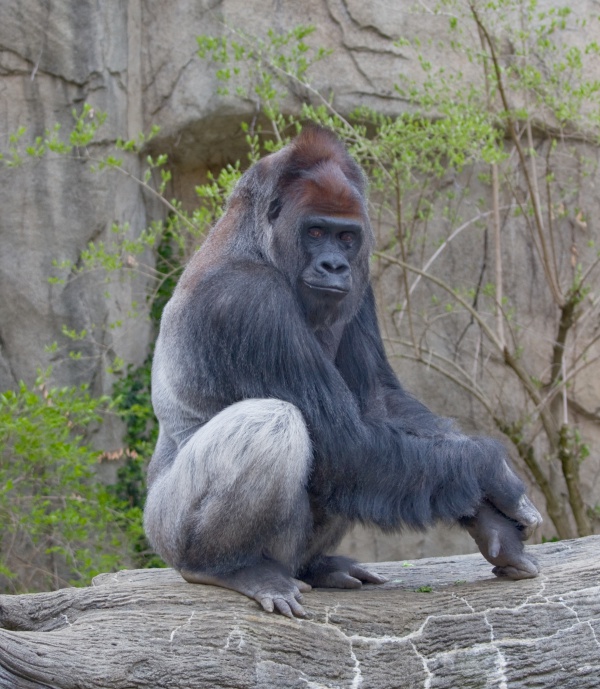Facts About Western lowland gorilla
The western lowland gorilla, a subspecies of the western gorilla, resides in central Africa. These remarkable creatures inhabit the forests of Angola, Cameroon, the Republic of the Congo, the Democratic Republic of the Congo, Equatorial Guinea, and Gabon. They are the smallest subspecies of gorillas and exhibit pronounced sexual dimorphism. Typically, they have black skin, coarse hair, with older males developing striking silverbacks. Males can reach heights of up to 1.8 meters and weigh as much as 270 kilograms.
Albinism is extremely rare among gorillas, with Snowflake being a notable albino western lowland gorilla. These gorillas have complex social structures. Each group is led by a dominant silverback male, and comprises multiple adult females and their offspring. After a nine-month gestation period, females usually give birth to a single infant. They also display a range of complex behaviors throughout their reproductive cycles.
Western lowland gorillas are highly intelligent. They have been observed using tools and can even learn sign language. Their primary habitat is the rainforest, where they feed on fruits, foliage, and occasionally insects. Unfortunately, they face significant threats, mainly from habitat loss due to logging and hunting for bushmeat. Conservation efforts aim to protect these critically endangered animals.
In captivity, western lowland gorillas can exhibit signs of stress and engage in repetitive behaviors, known as stereotypic behaviors. This highlights the importance of personalized care for each animal. Genetic research has provided valuable insights into gorilla populations and has linked them to zoonotic diseases like HIV/AIDS. Outbreaks of diseases such as Ebola have dramatically impacted wild gorilla populations.

 Democratic Republic of the Congo
Democratic Republic of the Congo